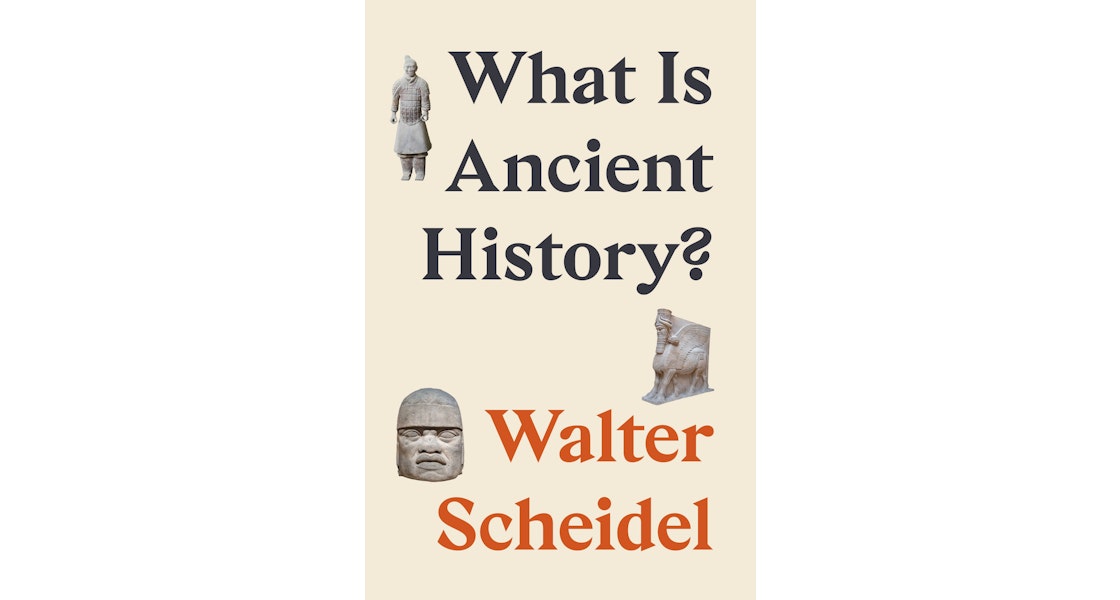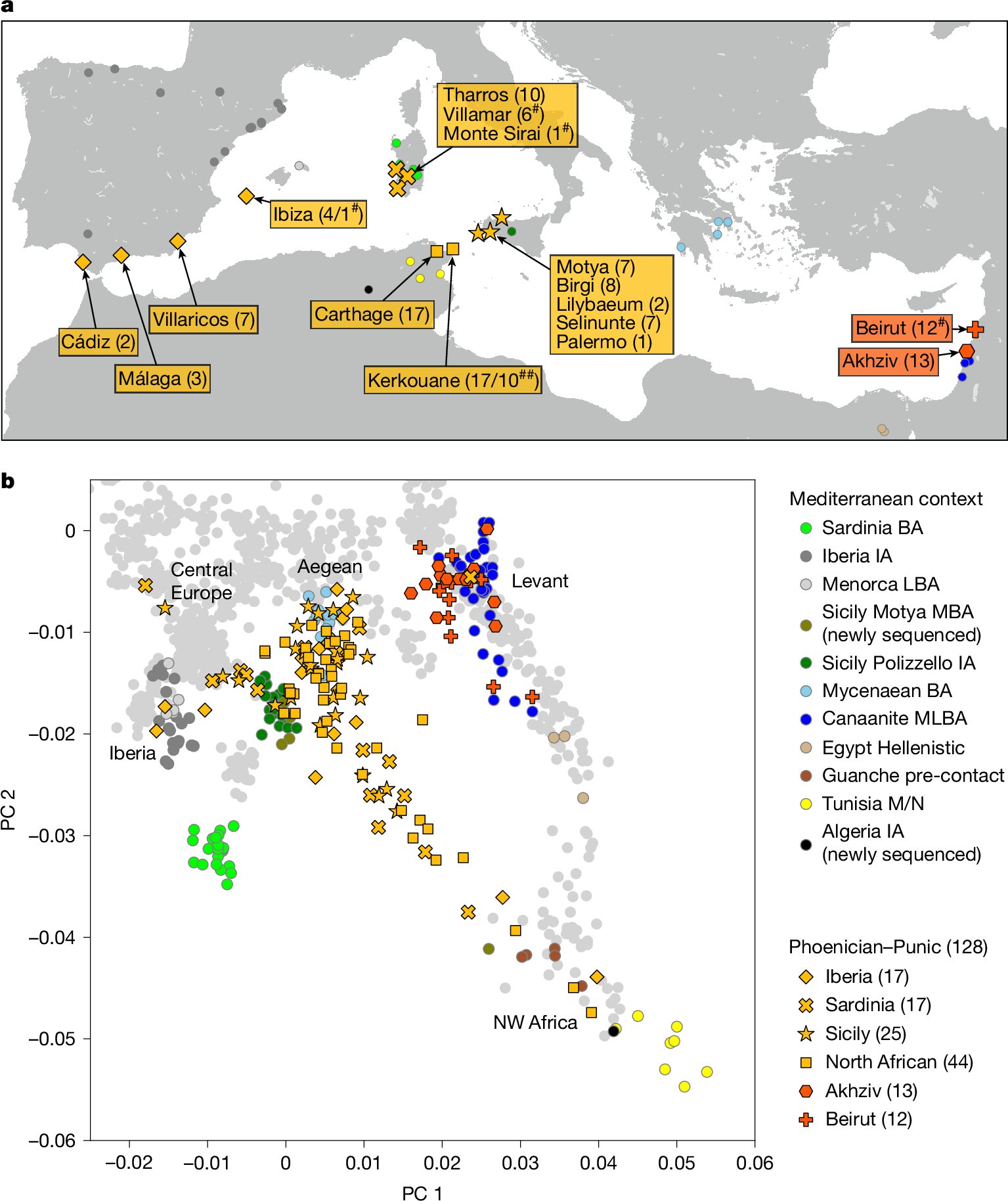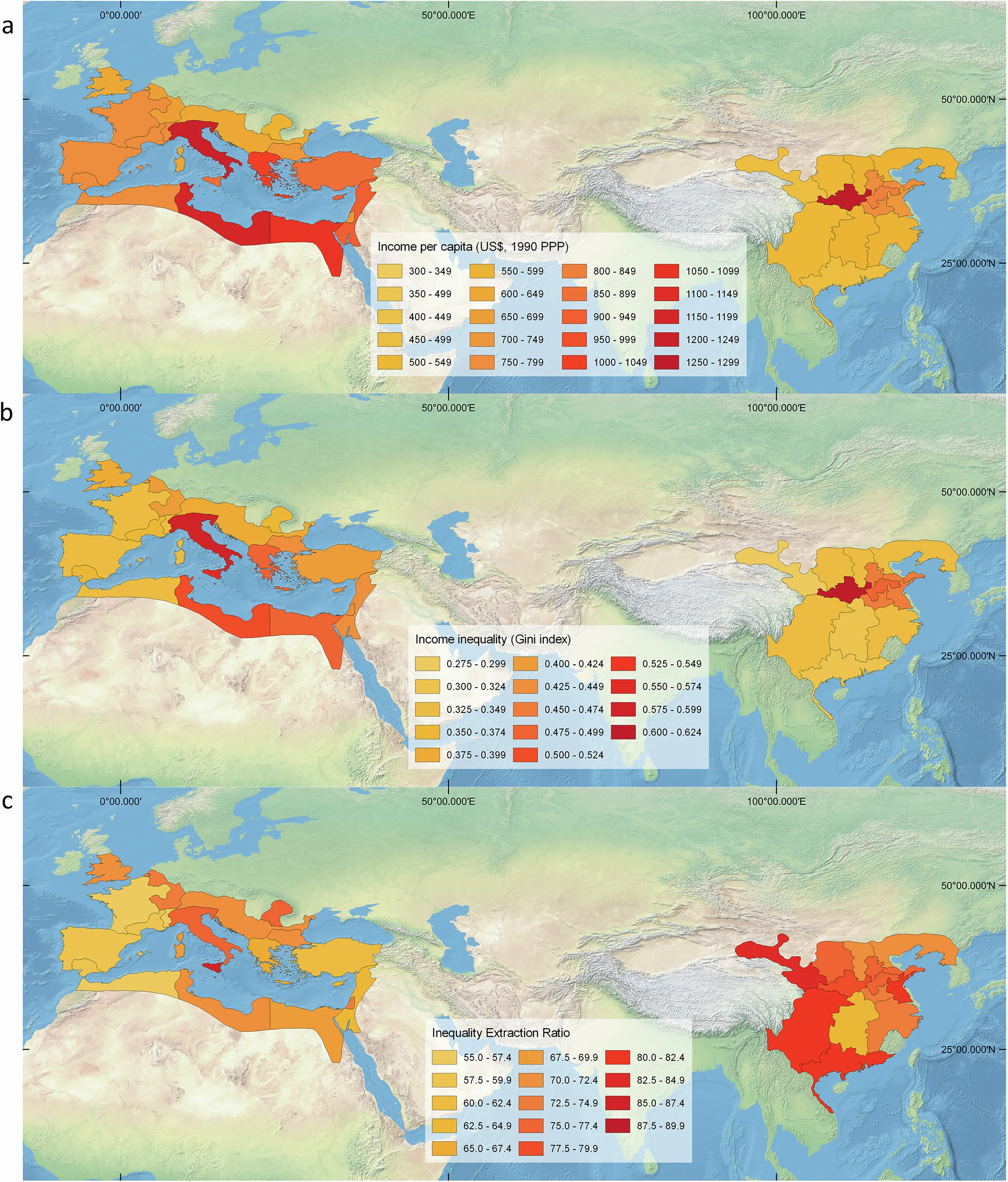
Walter Scheidel
@WalterScheidel
Historian @Stanford | “The Great Leveler” “Escape from Rome” “What is Ancient History?” https://press.princeton.edu/our-authors/scheidel-walter | 🇦🇹🇺🇸🌎🌍🌏
What *is* ‘ancient history’? Why it is much bigger and more important than we might think, how generations of scholars have messed it up, how we can do it justice – and why ‘Classics’ needs to go: press.princeton.edu/books/hardcove…

Whole-genome ancestry of an Old Kingdom Egyptian | Nature nature.com/articles/s4158…

My first publication regarding ancient economic history is out:😊 The economics of Greco-Roman slavery sciencedirect.com/science/articl…; with @WalterScheidel.
I am very happy to share our new study on the genetic history of the Persian-Iranian Plateau! "Ancient DNA indicates 3,000 years of genetic continuity in the Northern Iranian Plateau, from the Copper Age to the Sassanid Empire" doi.org/10.1038/s41598…
Punic people were genetically diverse with almost no Levantine ancestors | Nature nature.com/articles/s4158…

A comparison of income inequality in the Roman and Chinese Han empires | Nature Communications nature.com/articles/s4146…

Essential reading: In Covid's Wake | Princeton University Press press.princeton.edu/books/hardcove…
An excellent new contribution to the Great Divergence debate (broadly defined)
Remaking the World by Jerrold Seigel Examines what was distinctive about Europe's role in world history, both for good and ill. 📚 cup.org/40Aa5tp #europeanhistory
How often are children genetically unrelated to their presumed fathers? | Science | AAAS science.org/content/articl…

Ancient genomes reveal trans-Eurasian connections between the European Huns and the Xiongnu Empire | PNAS pnas.org/doi/full/10.10…
Our papers, out today in @nature, show how ancient DNA from the Eneolithic and Bronze Age steppe points to a North Pontic origin of the Indo-European language family and a Caucasus-Lower Volga (CLV) origin of Indo-Anatolian (inclusive of the now extinct Anatolian languages). 1/
𝐇𝐨𝐰 𝐠𝐨𝐨𝐝 𝐚𝐫𝐞 𝐋𝐋𝐌𝐬 𝐚𝐭 𝐏𝐡𝐃-𝐥𝐞𝐯𝐞𝐥 𝐡𝐢𝐬𝐭𝐨𝐫𝐲 𝐤𝐧𝐨𝐰𝐥𝐞𝐝𝐠𝐞? 🧐 Better than random, but far from what academic historians know, according to our recent #NeurIPS paper 👉neurips.cc/virtual/2024/p…
Research in @Nature suggests that women were at the centre of social networks in Iron Age British Celtic communities. The analysis of 2,000-year-old DNA reveals evidence for matrilocal Celtic societies. go.nature.com/4g13QTq
AKA did economic growth make the Romans stupid?
“Pan-European atmospheric lead pollution, enhanced blood lead levels, and cognitive decline from Roman-era mining and smelting” by Joe McConnell et al. PNAS doi.org/10.1073/pnas.2…
It’s actually a bit disturbing that the authors didn’t specify the period (1900-1969) in the title, and instead claim that they show how socio-economic background “shapes” (rather than ‘shaped’) academia, even though even the most recent cohort in this survey is dead or retired.
Who are the hyper privileged rich academics? Humanities. New paper by Ran Abramitzky and colleagues
DNA evidence rewrites the relationships of people found buried together after the Pompeii eruption. @CurrentBiology Learn more: cell.com/current-biolog… @UNI_FIRENZE David Caramelli, @harvard David Reich and Alissa Mittni
Scheidel wird über die vielleicht wichtigste Frage von allen reden: Gab es ein globales Altertum?
An updated update on my ‘great leveler’ thesis: Inequality Reduction Between Tragedy and Progress: ‘The Great Leveler’ and Recent Scholarship, 2017-2024 @SSRN papers.ssrn.com/sol3/papers.cf…
This is a really important contribution to economic history, specifically British mediaeval economic history Neo-Malthusian models of the labour market effects of population collapse from the Black Death are still valid, but they are mediated by - drum roll - INSTITUTIONS!! 😁
New paper: “(In-kind) Wages and labour relations in the Middle Ages: It’s not (all) about the money” with @V_Delabastita and @GibbsSpike is now out in @EEH_editors. The paper is open access and here is a summary 🧵 (1/16) doi.org/10.1016/j.eeh.…
Plague was surprisingly abundant and widespread in Scandinavia in the period leading up to the Neolithic Decline. In fact, we found plague in 17% of the sampled population. Check out our new paper out in Nature today! nature.com/articles/s4158… #plague #NeolithicDecline #ancientDNA